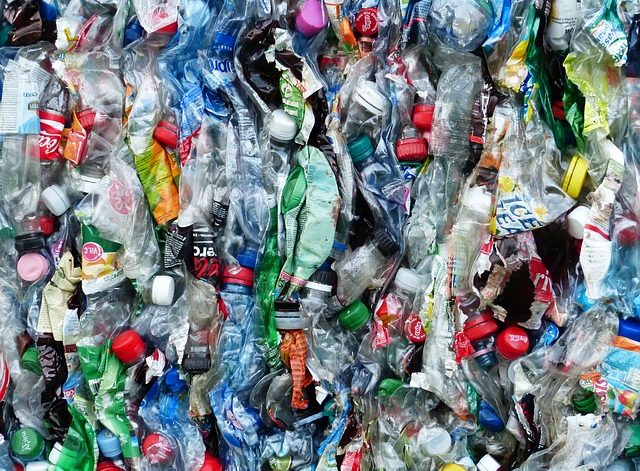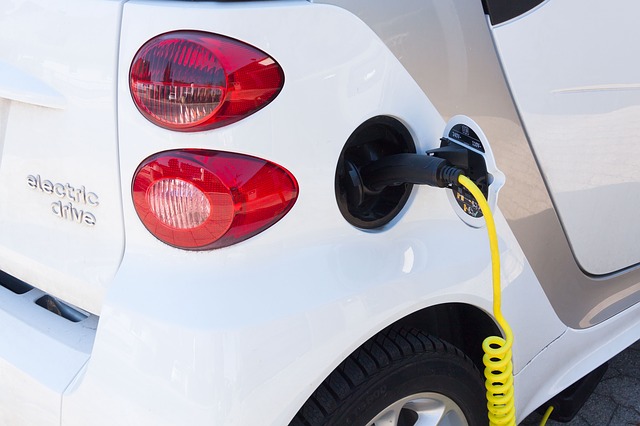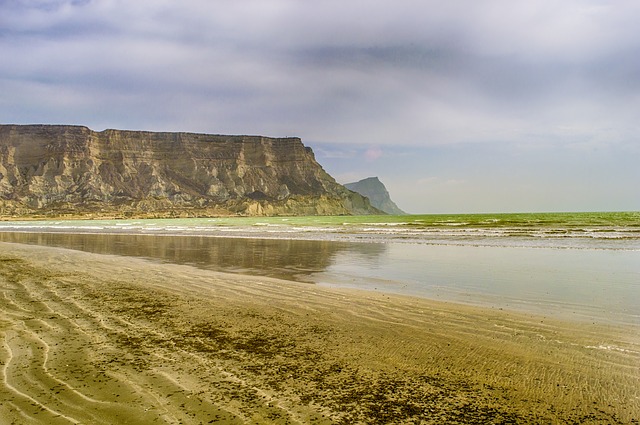Introduction
Microplastic: Microplastics are smaller particles of any kind of plastic. The European Chemicals Agency and National Oceanic and Atmospheric Administration have defined microplastic as smaller plastic particles ranging in size up to 5mm. These smaller particles make their way into the natural ecosystem through various sources. For detailed information about plastic pollution, read: What is Plastic Pollution? – Sources, Effects and Solutions.
Types of Microplastic
There are two types of microplastics that are primary and secondary microplastics.
Primary Microplastics: This type of microplastic is present in the environment and up to 31% of primary plastic is found in the oceans.
Secondary Microplastics: It is produced as a result of plastic degradation. Larger plastics include fishing nets, bottles, and plastic bottles. Approximately 80% of secondary microplastic is present in oceans.
Sources of Microplastics in the Environment
The sources of microplastics are fragments resulting from plastic debris. A published report has indicated that nearly 10% of all plastic waste is eventually ended up in the oceans. Other sources are synthetic clothes, abrasive tires, personal care products, synthetic filers, etc.
You might also like: The Problems and Effects of Plastic Debris in Rivers and Seas of South Asia
Plastic Degradation Process
Plastic waste in the marine ecosystem is degraded through a number of biological, chemical, and physical processes. Photodegradation is the degradation process that accelerates in the presence of sunlight and oxygen. The key example of photodegradation of plastic waste includes plastic waste on beaches. Floating plastic waste is less likely to be degraded by any processes due to the formation of a protective layer on the plastic.
Deeper in the ocean where sunlight doesn’t reach, the plastic degradation process is almost absent. Another reason is low temperature.
Impacts of Microplastic Pollution on the Environment
Published researches have reported marine organisms such as fish, turtles, crustaceans, seabirds, and zooplanktons have suffered from the damage of microplastics. These marine organisms ingest microplastics.
Microplastics are dangerous for marine and terrestrial life. Birds and turtles are found most vulnerable to microplastics. Microplastics enter the animal body and shut off the tracts of the digestive system. This situation makes them starve to death by diminishing the urge to eat. The presence of microplastic within the body alters feeding behavior as well as suppresses growth and the reproductive system.
Microplastic poses serious threats to the environment, biodiversity, and humans. It adversely impacts the cells and tissues of a growing body.
Another published research has reported that microplastics get into the human body by inhalation and cause respiratory and other health diseases.
Also read: Sources and Effects of Common Water Pollutants
Conclusion
Plastic waste is polluting the environment. The degradation of plastics material into microplastic is causing negative impacts on the environment. Microplastics are light weighted particles and can be found in terrestrial and aquatic ecosystems. There are synthetic chemicals present in microplastics such as BPA, phthalates, etc. Marine life is severely getting affected by microplastics.
Recommendation
It is recommended that plastic waste should be recycled in order to avoid its degradation. Substitutes for plastic material should be used instead of conventional plastics. Biodegradable plastics are a good substitute for conventional plastic.
Also check out: Marine Pollution – Its Risky Effects on Marine Life & Humans
I hope you all liked this post! Please comment below if you have any suggestions, comments, or feedback! We at #envpk love hearing from our readers! Thanks!




